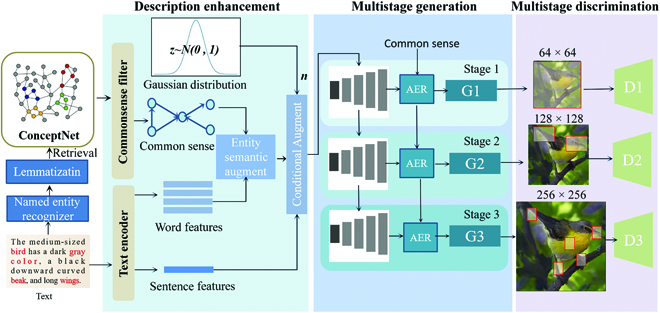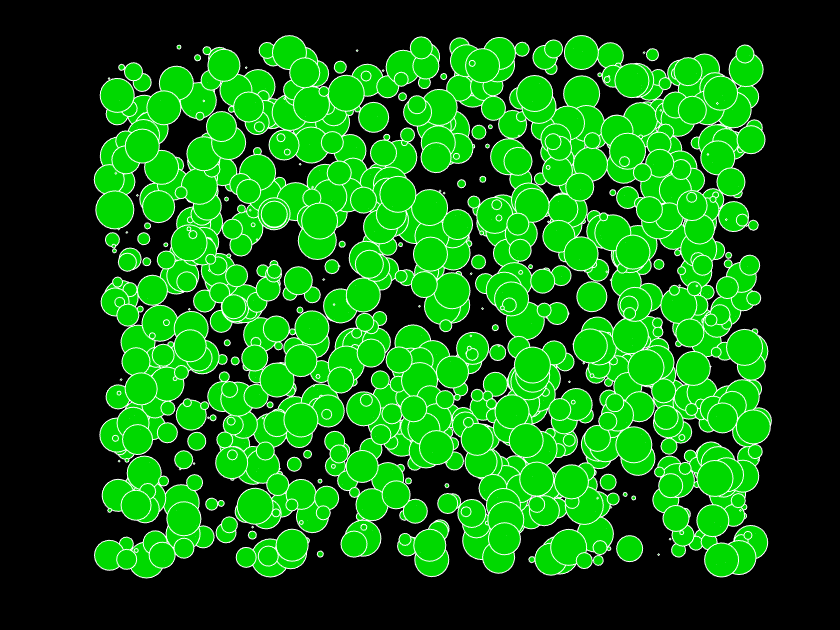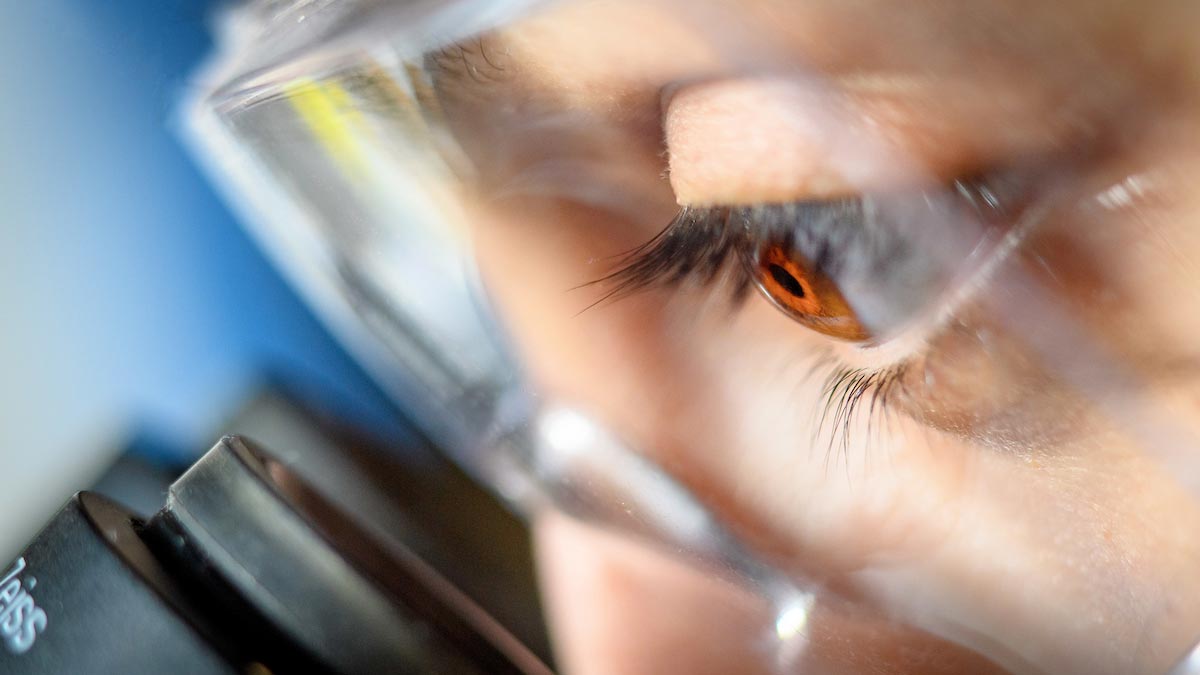LA JOLLA, CA—Scientists at La Jolla Institute for Immunology (LJI) have developed a new computational method for linking molecular marks on our DNA to gene activity. Their work may help researchers connect genes to the molecular “switches” that turn them on or off. This research, published in Genome Biology, is an important step toward harnessing machine learning approaches to better understand links between gene expression and disease development.
Tag: Artificial Neural Networks
AI training: A backward cat pic is still a cat pic
The instructions for gene regulation are written in a complicated code, and scientists have turned to artificial intelligence to crack it. To learn the rules of DNA regulation, they’re using deep neural networks (DNNs), which excel at finding patterns in large datasets. DNNs are at the core of popular AI tools like ChatGPT.

New neural network uses common sense to make fake bird images from text
In an effort to generate high-quality images based on text descriptions, a group of researchers in China built a generative adversarial network that incorporates data representing common-sense knowledge. Their method uses common sense to clarify the starting point for image generation and also uses common sense to enhance different specific features of the generated image at three different levels of resolution.
Study shows how machine learning could predict rare disastrous events, like earthquakes or pandemics
When it comes to predicting disasters brought on by extreme events (think earthquakes, pandemics or “rogue waves” that could destroy coastal structures), computational modeling faces an almost insurmountable challenge: Statistically speaking, these events are so rare that there’s just not enough data on them to use predictive models to accurately forecast when they’ll happen next.
New large-scale virtual model of cortex highly successful in solving visual tasks
HBP researchers have trained a large-scale model of the primary visual cortex of the mouse to solve visual tasks in a highly robust way.
A new way to solve the ‘hardest of the hard’ computer problems
Researchers have found a way to make what is called reservoir computing work between 33 and a million times faster, with significantly fewer computing resources and less data input needed.

Connective issue: AI learns by doing more with less
Research from the lab of Shantanu Chakrabartty reveals constraints can lead to learning in AI systems.

Researchers use AI to unlock the secrets of ancient texts
Researchers at University of Notre Dame are developing an artificial neural network to read complex ancient handwriting based on human perception to improve capabilities of deep learning transcription.

Supercomputers Help Advance Computational Chemistry
Researchers at the Massachusetts Institute of Technology (MIT) have succeeded in developing an artificial intelligence (AI) approach to detect electron correlation – the interaction between a system’s electrons – which is vital but expensive to calculate in quantum chemistry.